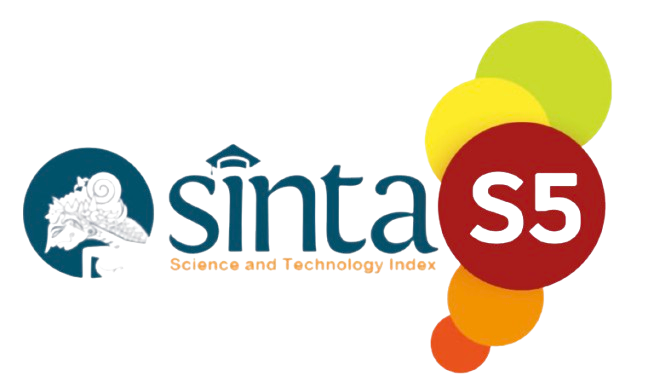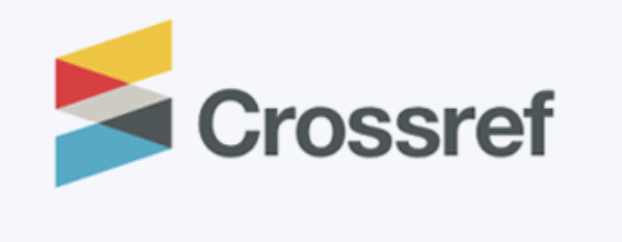The Language Politeness in The Novel Beauty And The Best by Luna Torashyngu
Keywords:
language politeness, novel, qualitative researchAbstract
This research aimed to investigate the language politeness in the novel "Beauty and The Best" by Luna Torashyngu". The research method uses descriptive qualitative with content analysis. The data source of this research is taken from "Beauty and The Best" novel by Luna Torashyngu. The results show six variations of language politeness in this novel. There are six maxims in this novel: the maxim of humility, the maxim of sympathy, the maxim of agreement, the maxim of praise, the maxim of generosity, and the maxim of wisdom. The conversation in the maxim of wisdom shows the attitude of wise figures in making speeches with their interlocutors from the maxims of politeness in language. Meanwhile, the speech shows politeness in the language in the maxim of generosity. Speakers in carrying out conversations can still uphold their generosity attitudes so that a conducive speech situation can still be created. In the maxim of praise, the conversations that are carried out also show perspectives of praising through their speech and in the maxim of agreement. On the contrary, speakers commit many violations, especially characters who act as antagonists. Likewise, there are also many deviations from the maxim of agreement, even though some show an utterance that creates an agreement between the speaker and the interlocutor.
References
Adhitya, Dea. (2010). Memahami Novel. Bogor: Quadra.
Anderson, J. (2011). 10 Things Every Writer Needs To Know. Stenhouse Publishers.
Borris, D., & Zecho, C. (2018). The linguistic politeness having seen on the current study issue. Linguistics and Culture Review, 2(1), 32-44.
Brown, P. (2015). Politeness and language. In The International Encyclopedia of the Social and Behavioural Sciences (IESBS), (2nd ed.) (pp. 326-330). Elsevier.
Chaer, Abdul. (2010). Kesantunan Berbahasa. Jakarta: Rineka Cipta.
Eriyanto (2013). Analisis Isi: Pengantar Metodologi untuk Penelitian Ilmu
Esten, Mursal. (2013). Kesusastraan Pengantar Teori dan Sejarah. Bandung: Angkasa Group. Komunikasi dan Ilmu-ilmu Sosial Lainnya. Jakarta: Kencana Prenada Media
Kosasih, E. (2012). Dasar-dasar Keterampilan Bersastra. Bandung: Yrama Widya.
Mardalena, S. S., & BI, M. P. (2015). Prose an Introduction. Deepublish.
Miller, H. (2003). On literature. Routledge.
Nurgiyantoro, Burhan. (2010). Teori Pengkajian Fiksi. Yogyakarta: GMUP
Priyatni, Endah Tri. (2012). Membaca Sastra dengan Ancangan Literasi Kritis. Jakarta: Bumi Aksara.
Surastina. (2016). Pengajaran Sastra. Yogyakarta: Elmatera Publishing.
Wicaksono, Andri. (2017). Pengkajian Prosa Fiksi (Edisi Revisi). Yogyakarta: Garudhawaca.
Zaidan, Abdul Rozak. (2000). Kamus Istilah Sastra. Jakarta: Balai Pustaka.













